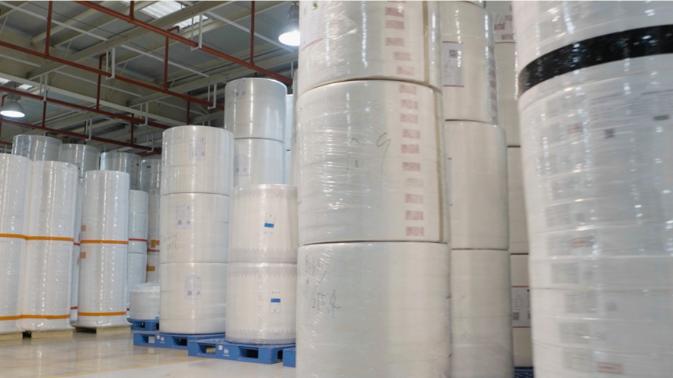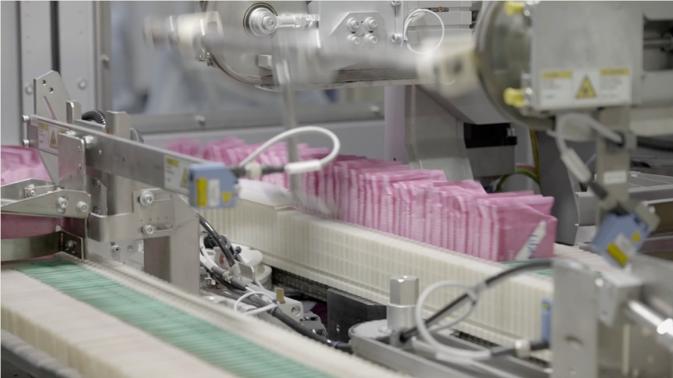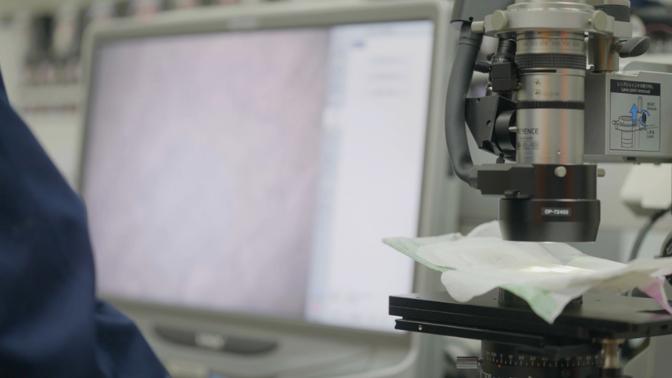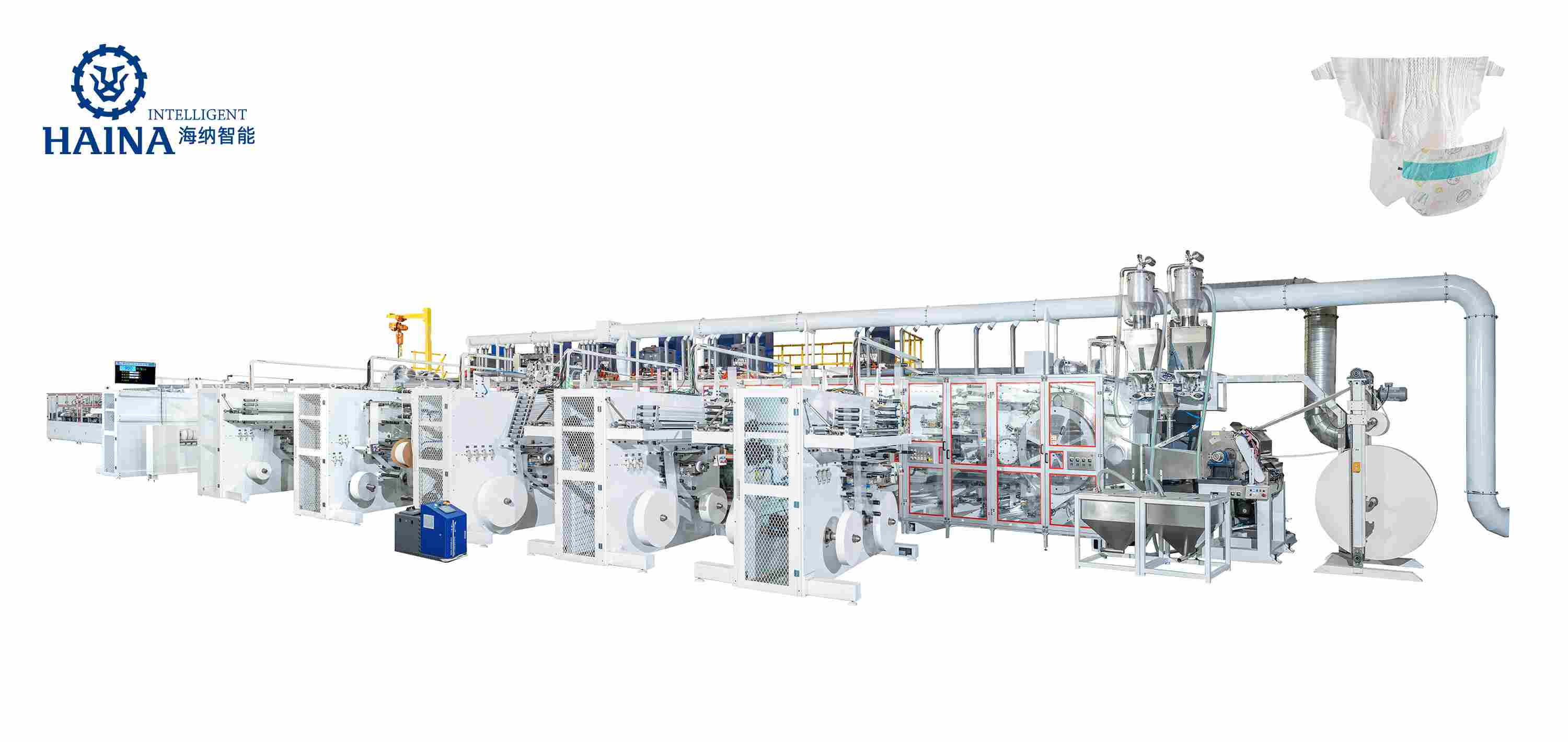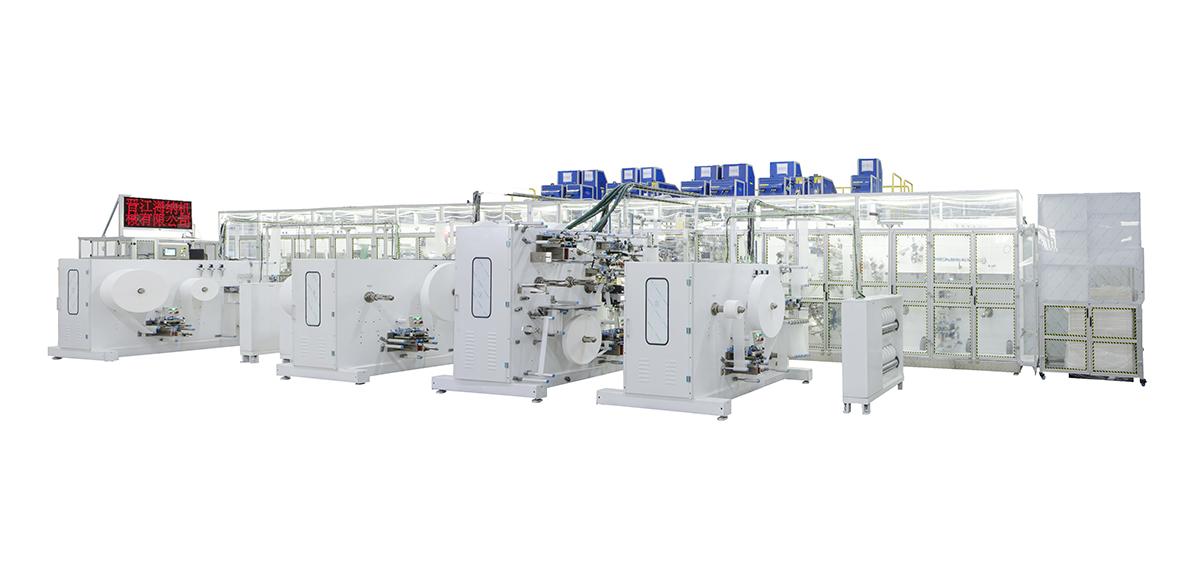For the majority of female consumers, sanitary napkins are an indispensable product for every woman during their aunt. The quality and safety of sanitary napkins are closely related to women's physical health, which has attracted the attention of consumers. In response to these concerns of consumers, China Pulp and Paper Research Institute Co., Ltd. and China Paper Association Tissue Paper Professional Committee have used the form of Q&A to popularize the safety knowledge of sanitary napkins, so that consumers can understand sanitary napkin products more rationally and clearly. .
Q: The raw materials of aunt towel have chemical components, will it affect the health of girls?
First, you don't have to hear "chemical" to associate it with words like "toxic" or "harmful." Most of the products we use every day are made of chemical materials.
Secondly, the raw materials used in aunt towel mainly include non-woven fabrics, hot melt adhesives, super absorbent resins, PE films, etc. These materials have been verified by long-term practice, and their use under normal conditions will not affect the health of aunt girls. cause harm.
picture
Q: Will sanitary napkins contain formaldehyde, fluorescent whitening agents and other substances?
Everyone may know that formaldehyde is harmful to the human body, but at the same time, everyone must be rational. It is unreasonable to "disconnect from the content and talk about the harm". The national standard for sanitary napkins requires that the formaldehyde content be less than or equal to 75mg/kg, which meets the standard requirements. Products, will not cause harm to women's health.
The fluorescent whitening agent that everyone is concerned about is a class of organic compounds that can absorb ultraviolet light and emit blue or blue-violet fluorescence. It itself is verified to be non-irritating, skin sensitizing, and carcinogenic. The national standard's definition of migratory optical brighteners is mainly to control and standardize the source of raw materials.
Q: Will there be bacteria, bugs, foreign objects and other pollutants in the sanitary napkin?
Some consumers have reported that there are live insects in sanitary napkins, but from the actual production situation, it is unlikely that live insects will be produced in the production process.
First, the production of regular brand sanitary napkins adopts automatic and closed production lines, and the workshop and production equipment have strict insect control and cleaning and disinfection measures.
picture
Second, the non-woven fabric on the surface layer of the sanitary napkin absorbs the fluff pulp and polymer materials in the core layer, which are not nutrients for the survival of live insects.
The third is that the raw materials of sanitary napkins and the production of sanitary napkins themselves need to go through the process of high-speed rolling, high-temperature spraying and high-pressure embossing. Even if there are bugs in, it is impossible to survive in this environment.
Fourth, the production equipment of many enterprises has also been equipped with high-resolution visual inspection systems to monitor and remove products with dirt and foreign objects, even foreign objects as small as the size of a needle tip. The possibility of worms is extremely low.
The final product will go through several tests such as product appearance, microorganisms, physical and chemical indicators, etc. before leaving the factory, and the product must meet the national standards before leaving the factory.
picture
Q: Why are aunt towel easily damp and moldy?
The main function of aunt towel is to absorb menstrual blood, so most of the materials used have good water absorption, and are easy to absorb moisture in the air and get damp. If it is placed in a humid and bacteria-prone environment for a long time, it is easy to get damp, moldy, and even bugs crawl in. Therefore, it should be placed in a dry and clean environment. At the same time, it is not advisable to buy too much at one time, but to buy in moderation. After opening, it is best to use it up within 2-3 months to ensure safe use.








